Reliving The 1980s: 10 Iconic New York Dining Moments That Defined Decadence
By Something CuratedThe 1980s marked a culinary renaissance in New York City. The economy was booming, and this era of prosperity saw the rise of a generation with money to spend and a taste for luxury. As a result, the culinary landscape quickly became a playground for the rich and famous, and the restaurants of New York reflected this, with some of the best chefs in the world emerging in New York during this time, including Jean-Georges Vongerichten, Daniel Boulud, and David Bouley. But perhaps equally as seductive as the food itself were the restaurant interiors. From the awe-inspiring views at Windows on the World (atop the World Trade Centre) to Maxwell Plum’s risque brunches – dining in New York during the 1980s was all about spectacle. Below are ten moments that capture just how decadent New York dining was in the 1980s.
The Rainbow Room’s Champagne Brunches
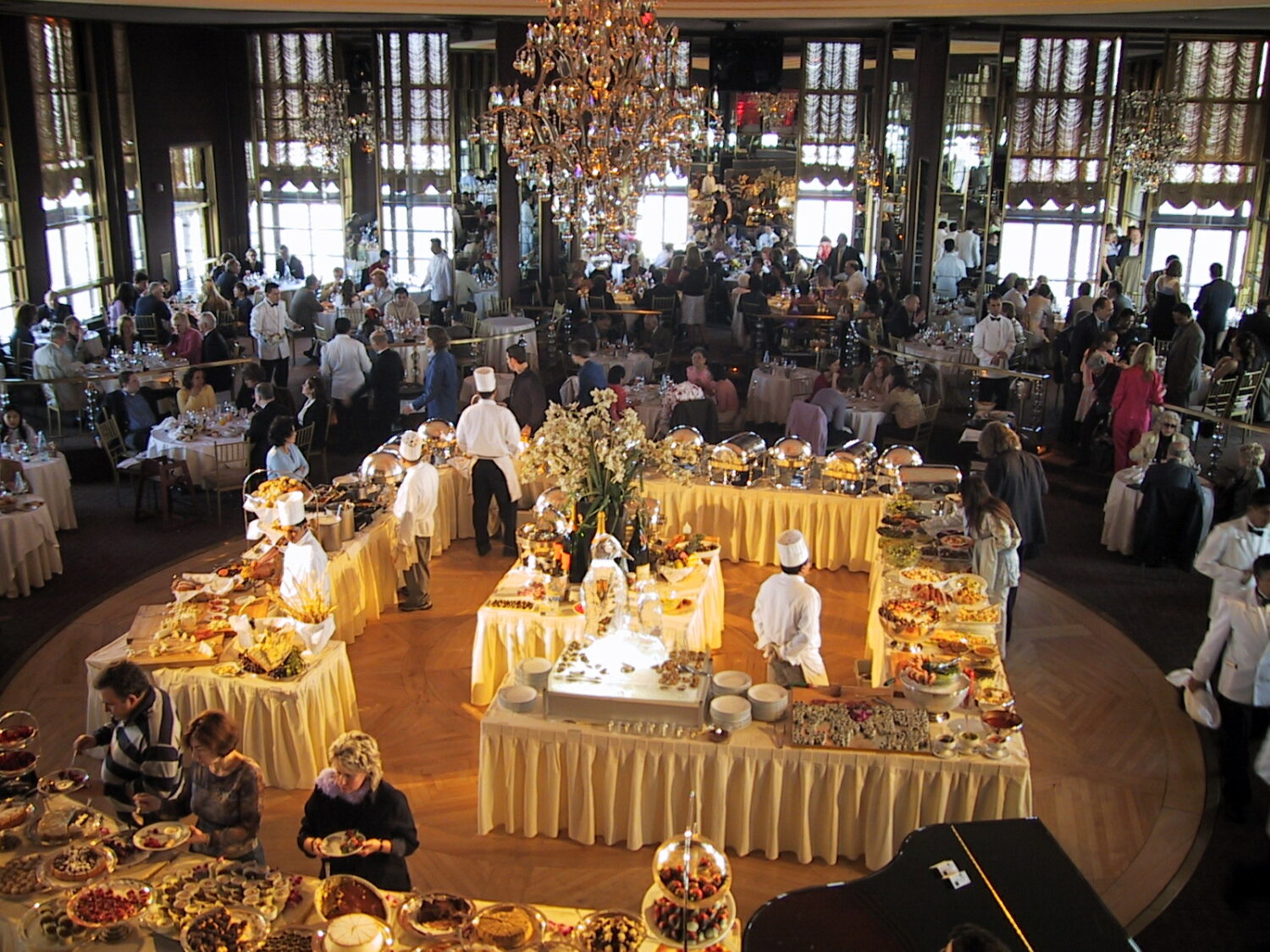
The Rainbow Rooms were located in New York City’s beloved Rockefeller Center, known for its timeless charm since the 1960s. In the 1980s, the Rainbow Rooms gained a reputation for their exceptional beverage program thanks to Dale DeGroff’s expertise in crafting exquisite cocktails, which far predated the cocktail phenomenon of today and made it a favourite amongst celebrities such as Elizabeth Taylor and Naomi Campbell. It was a place for glamorous nightlife but also a top destination for a sophisticated morning-after affair. At The Rainbow Room’s brunches, Guests could revel in the luxury of lavish spreads, breathtaking views of the city skyline, and the venue’s unparalleled elegance.
Star-Studded Dining at Le Cirque’s
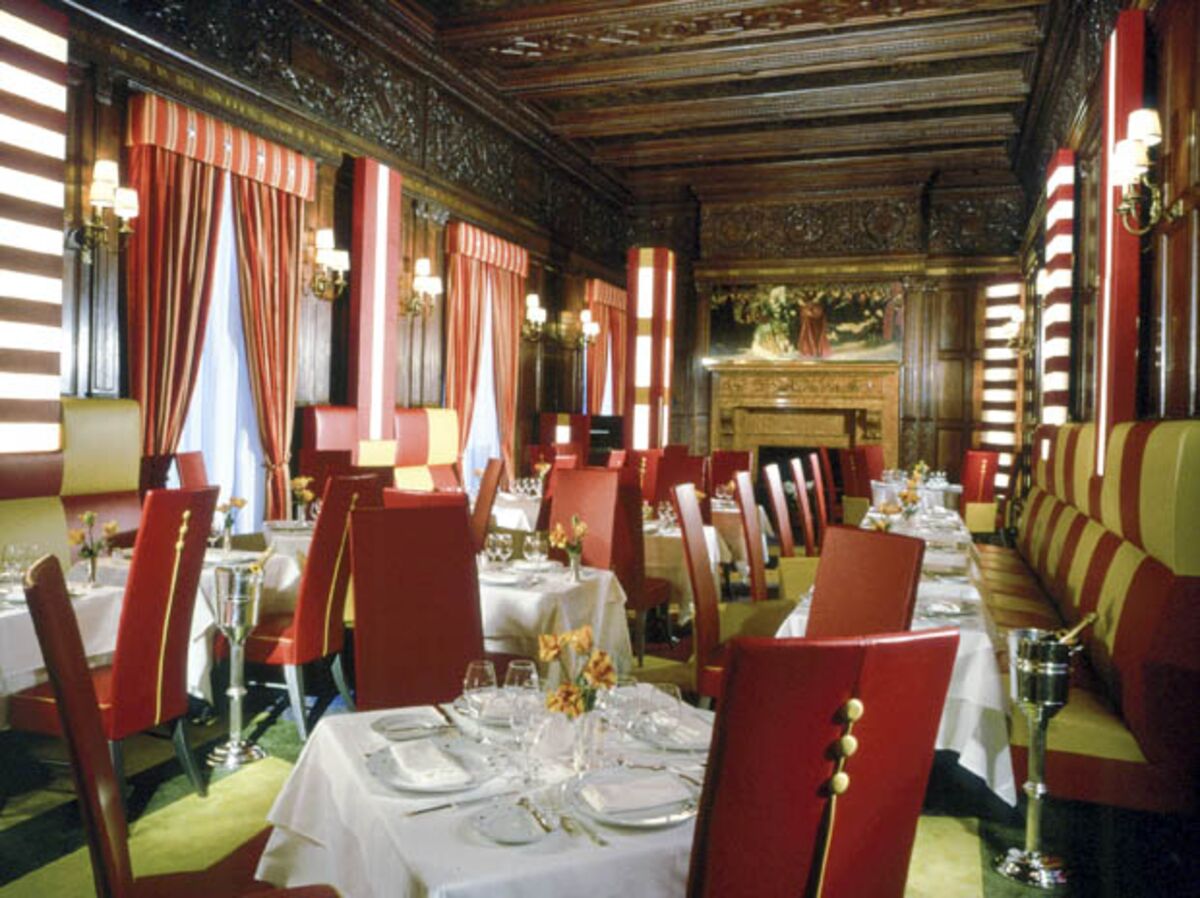
Le Cirque was renowned in the elite circles for its discerning clientele and coveted exclusivity, which drew A-listers such as Jackie Onassis and Sophia Loren. The restaurant was so synonymous with its celebrity diners that it became a regular fixture in various gossip columns and a recurring character itself. In addition to its sought-after exclusivity, Le Cirque offered a gourmet dining experience thanks to the legendary Daniel Boulud, a prominent figure in the 80s culinary world.
Power-Lunching at The Four Seasons
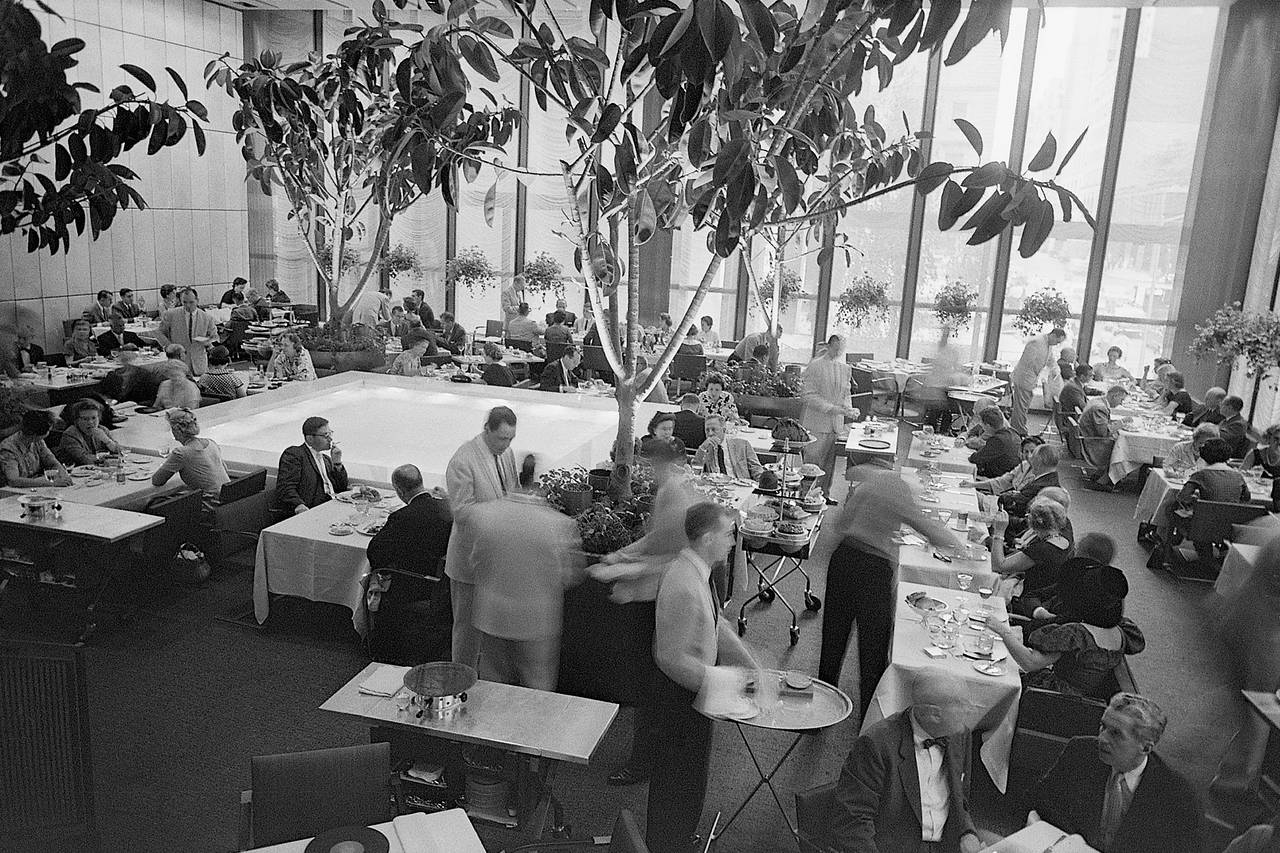
The Four Seasons was the epitome of refined luxury, a favourite among affluent professionals looking to strike a business deal over lunch. These lunches were commonly referred to as “power lunches” (a term which aptly reflects the zeitgeist of the time), often taking place in the Grill Room. The charm of The Four Seasons came from its carefully curated architecture by Philip Johnson, characterised by floor-to-ceiling windows that flooded the space with natural light and the addition of Richard Lippold’s “Tree” sculpture.
Fusion Cuisine at The Quilted Giraffe
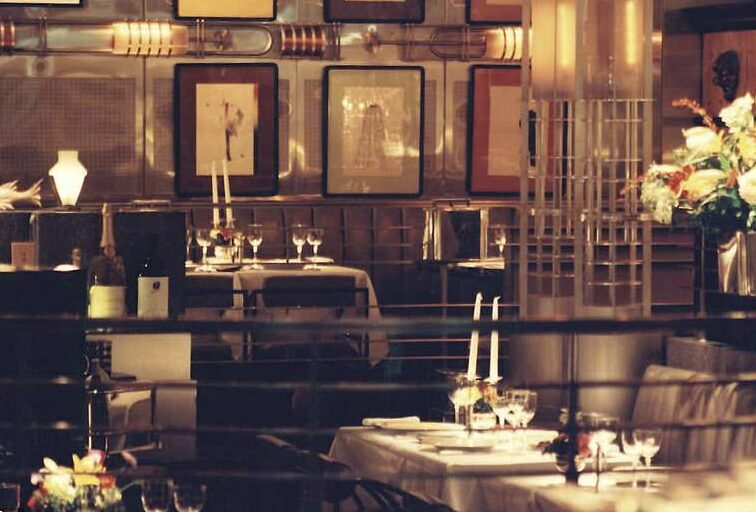
The Quilted Giraffe offered diners innovative fusion cuisine and interior design like no other. Unlike the refined elegance of The Four Seasons, The Quilted Giraffe favoured eclecticism, its (vaguely) animal themed interior featuring a varied art collection, clashing colours, mismatched plates and bold patterns. The whimsical design, award-winning cuisine and Michelin star status of The Quilted Giraffe appealed to celebrities like Mick Jagger and Madonna, frequent guests throughout the 80s.
Elegant Dining at The Oak Room
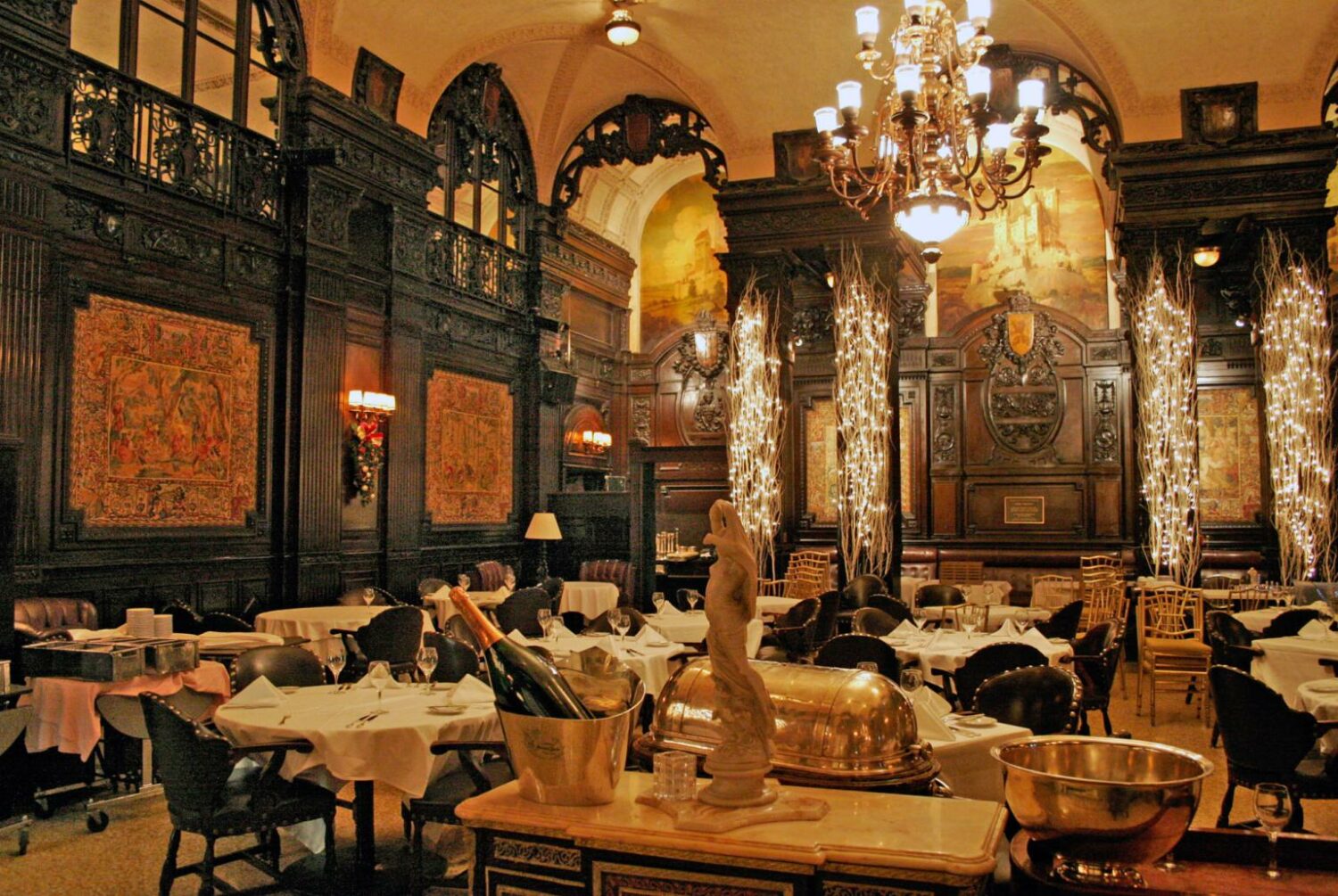
The Plaza is, to this day, an enduring symbol of glamour, but The Oak Room is no longer there. In the 80s, The Oak Room was a favoured haunt of icons like Frank Sinatra and Elizabeth Taylor. World-renowned chefs Alain Sailhac and Patrick Clark were both associated with The Oak Room and cemented its status as a culinary destination.
Historic Dining at Ambassador Grill
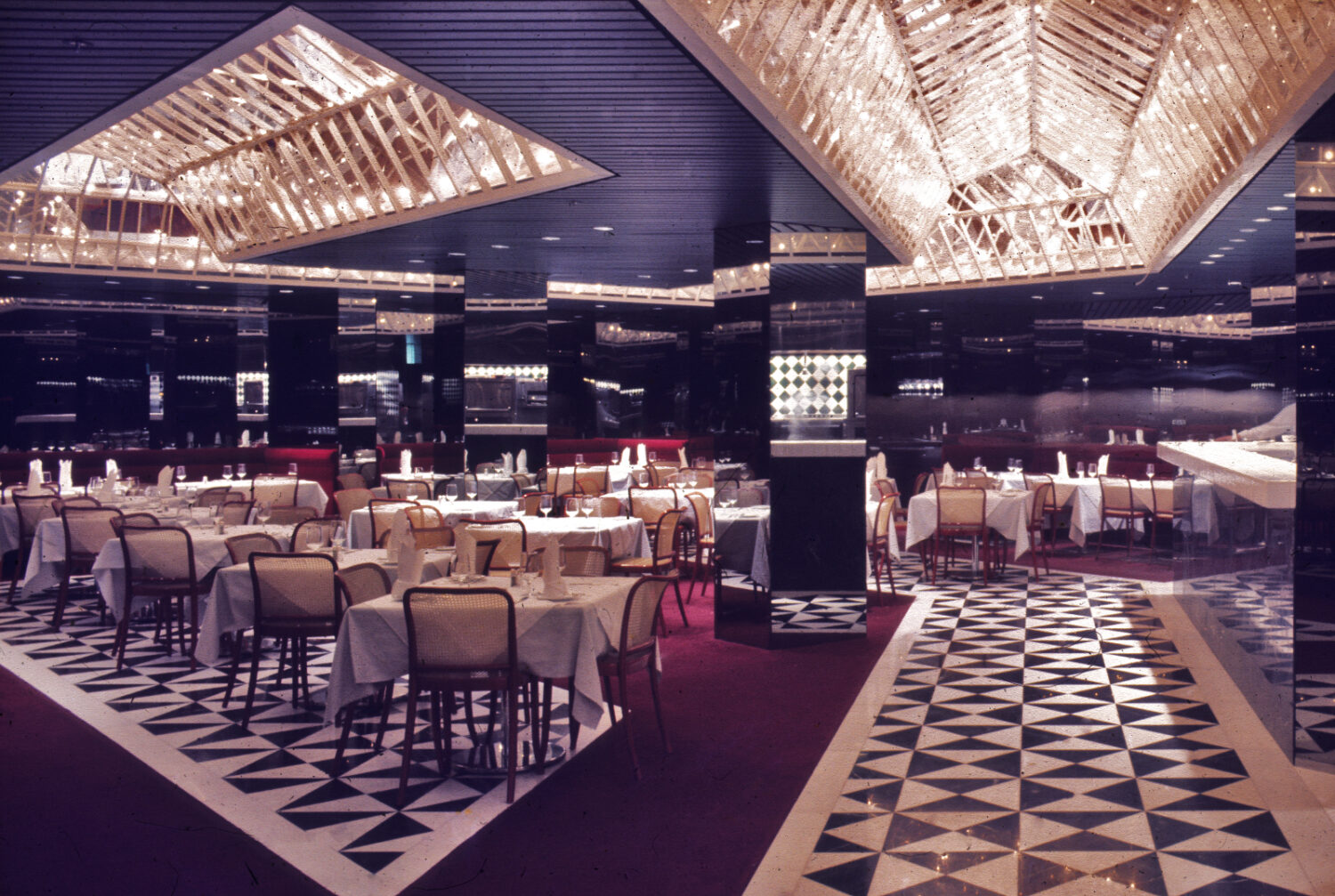
Ambassador Grill was a fine dining restaurant inside Ambassador Hotel (a historic New York hotel on Park Avenue). The Ambassador Grill was also a hub of entertainment with its varied program of cabaret shows, live music, and jazz events. Again, legendary chef Daniel Boulud played a crucial role in the Ambassador Grill’s success.
Sky-High Dining at Windows on the World

The World Trade Center is one of the most famous buildings of all time. Before tragically being destroyed in 1993, The World Trade Centre was a globally recognized symbol of modern architecture and economic power. Visitors to The World Trade Centre frequently dined at Windows on the World, where the gourmet food was almost as brilliant as the views outside the window. Windows on the World were proud pioneers of the farm-to-table movement and prioritised locally grown produce alongside a wine list curated by celebrated sommeliers such as Kevin Zraly.
Risque Brunch at Maxwell’s Plum
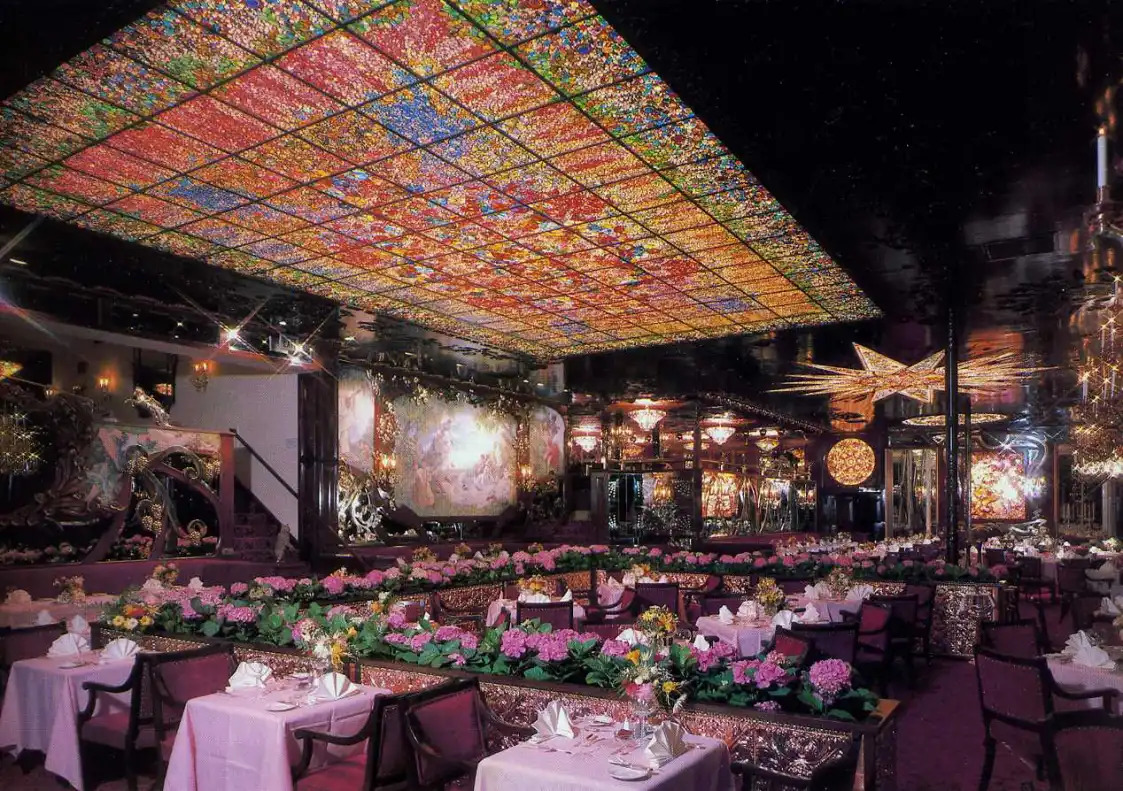
Maxwell’s Plum was a thriving restaurant, and singles bar renowned for its flamboyance which found a winning combination in combining luxury dining with sex appeal. This kitschy sensibility inspired a clientele of artists and fashionistas, including celebrities like Andy Warhol, Jerry Hall and Halston, who would visit for dinner and drinks before going on to party all night at Studio 54.
French Gourmet at Lutèce
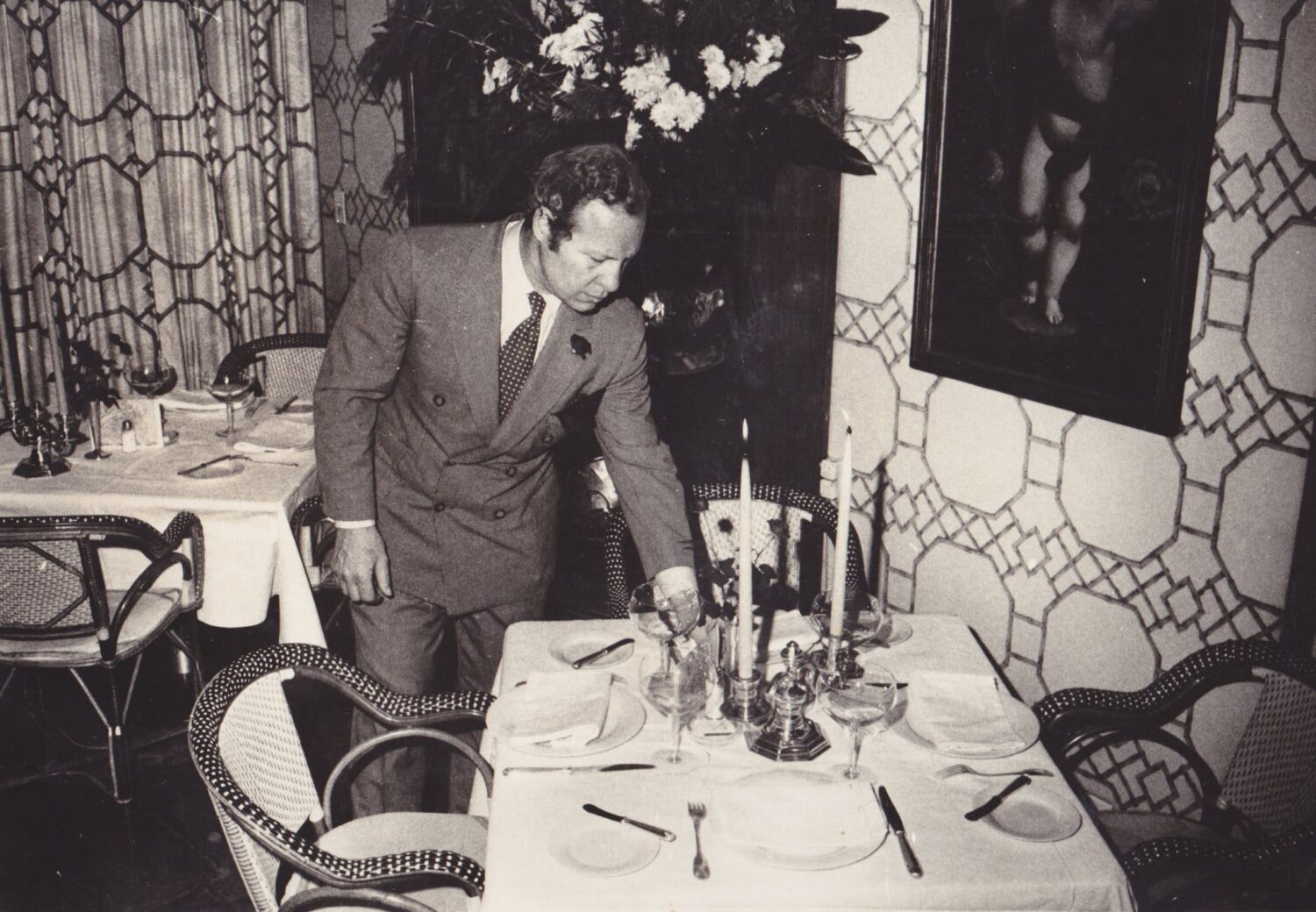
Lutèce closed its doors in 2004, but its memory lives on. Lutèce was helmed by the legendary Andre Soltner, whose innovative and refined approach to French Cuisine was complimented by the notoriously attentive service of their staff. Due to its traditional elegance, Lutèce is still regarded as a cultural signifier in the media and has most recently been featured in Mad Men. In the 80s, Lutèce’s iconic status appealed to an elite crowd, and the restaurant found great popularity throughout the decade.
Private Dining on The Upper East Side
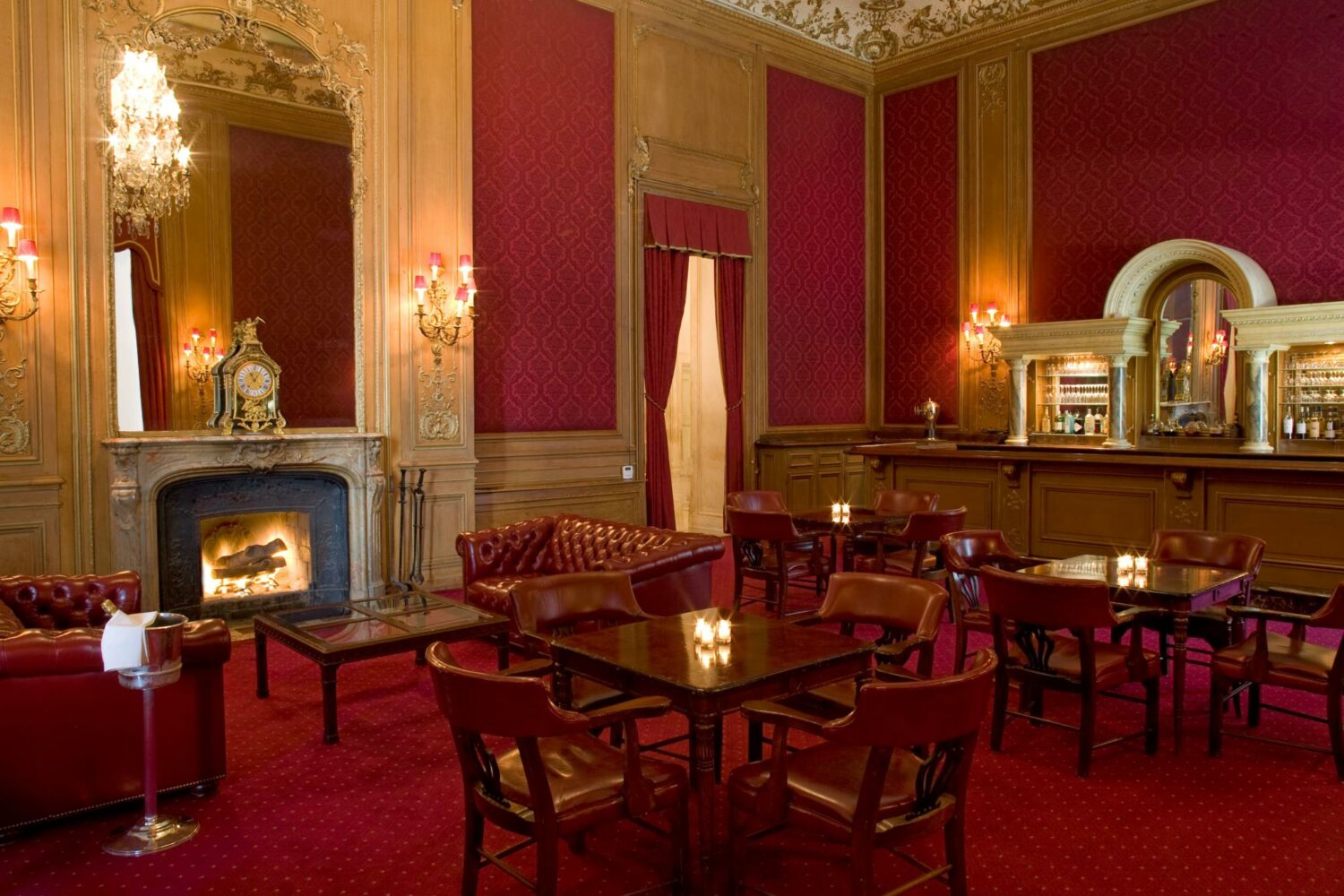
As if luxury dining needed to be more exclusive, the 1980s saw a rise in the popularity of private clubs such as The Metropolitan Club and The Union Club, a hallmark of high society. However, whilst the Metropolitan Club was favoured among the diplomats and celebrities of the world, The Union Club was known for its affiliation with the Republican Party and notoriously hosted dinners for politician Ronald Reagan and media mogul Rupert Murdoch.
Words by Emily Burke. Images via Pinterest.